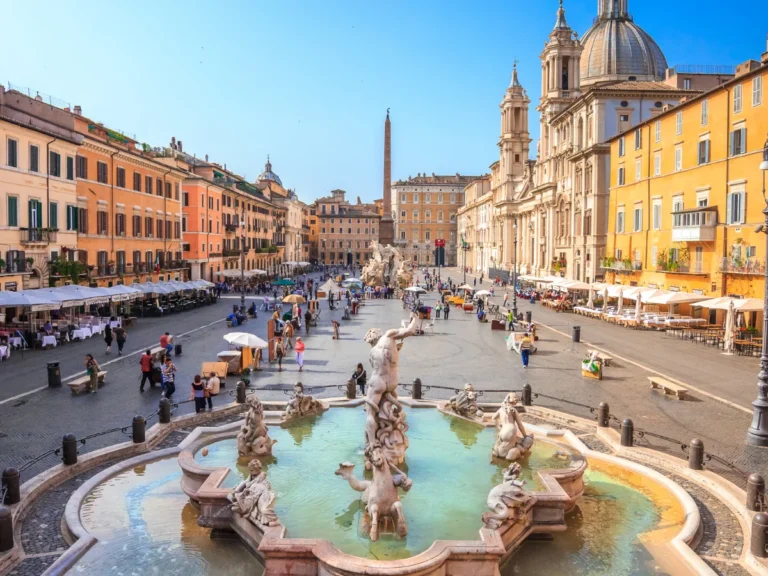Italy's subway systems in cities
Italy’s subway systems in cities like Rome, Milan, and Naples provide efficient urban transportation. With modern infrastructure and multiple lines, they connect key landmarks and neighborhoods. Other cities like Turin, Catania, and Genoa also boast subway networks, enhancing local mobility. While some cities lack traditional subway systems, alternatives like trams and buses ensure comprehensive coverage. Overall, Italy’s public transportation networks play a vital role in facilitating travel within cities, reducing congestion, and promoting sustainable mobility.

Italy's subway systems in cities
Italy boasts efficient subway systems in several key cities, enhancing urban mobility and connectivity.
Rome: Rome’s Metro, inaugurated in 1955, serves as the backbone of the city’s transportation network. With three lines (A, B, and C), it covers significant landmarks like the Colosseum and Vatican City.
Milan: Milan’s Metro, operational since 1964, comprises four lines (M1, M2, M3, and M5). It facilitates travel to attractions such as the Duomo di Milano and Sforza Castle.
Naples: Naples Metro, inaugurated in 1993, operates two lines (Line 1 and Line 6). It provides access to historical sites like Pompeii and Herculaneum.
Turin: Turin’s Metro, opened in 2006, consists of one line (Line 1). It connects various neighborhoods and landmarks, including the Museo Egizio and Mole Antonelliana.
Catania: Catania’s Metro, inaugurated in 1999, serves as an essential mode of transportation in Sicily’s second-largest city. It facilitates travel to destinations within the city center.
Genoa: Genoa’s Metro, opened in 1990, operates a single line (Line 1). It aids in navigating the city’s hilly terrain and provides access to the historic Old Town and the harbor area.
Brescia: Brescia’s Metro, inaugurated in 2013, is Italy’s newest subway system. It operates one line (Line 1) and connects various districts within the city.
